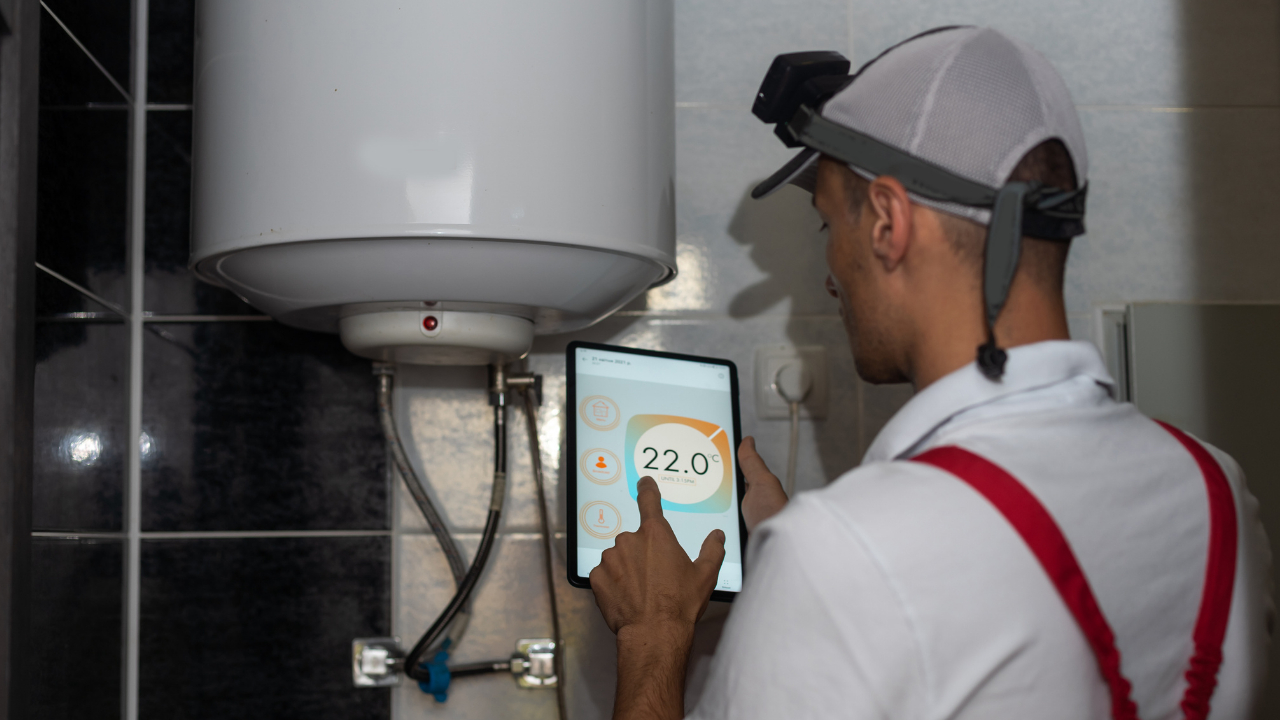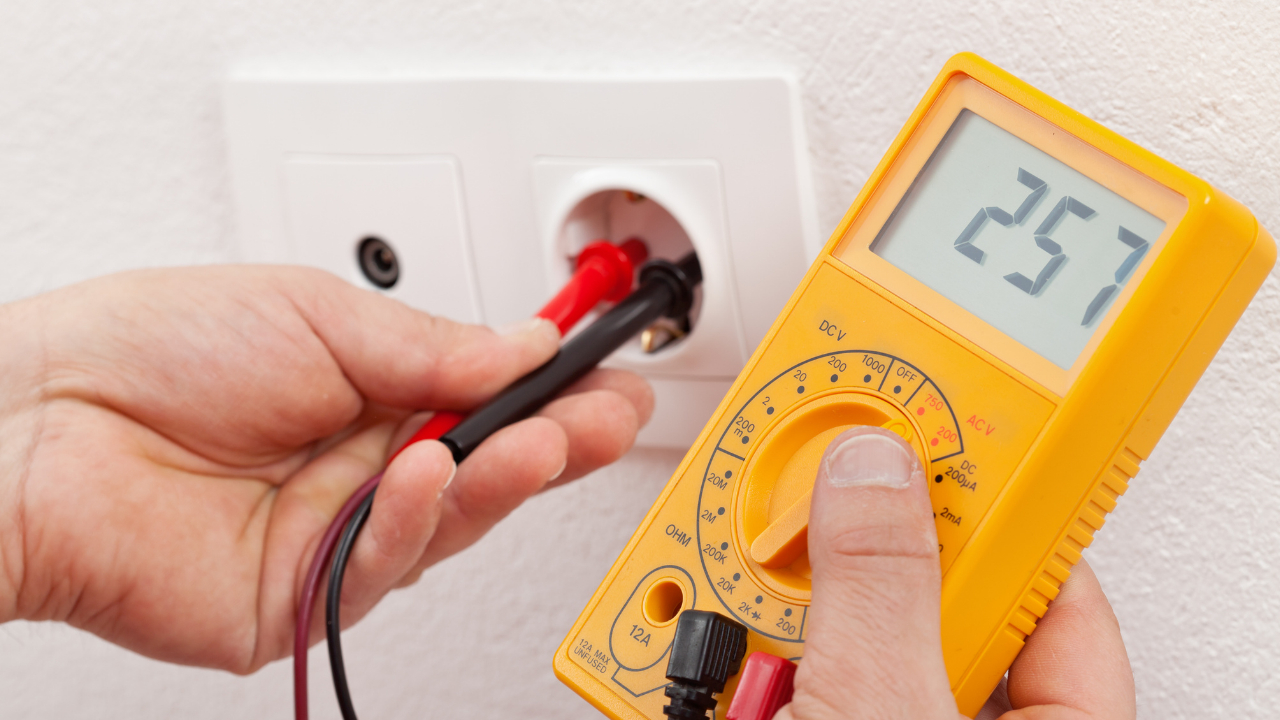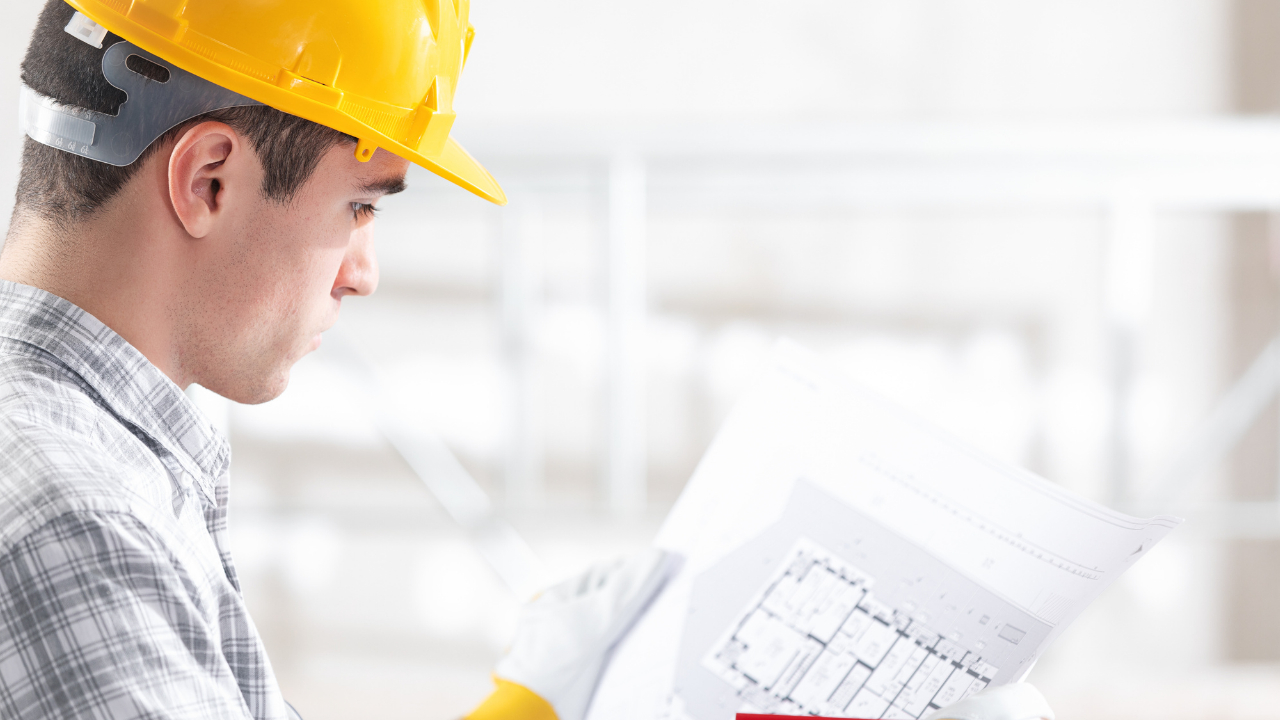Building a home is no small feat. It is an amalgamation of expertise, meticulous planning, and the zeal to erect a structure that stands the test of time, offering comfort and safety to its inhabitants. Now, as you stand on the cusp of concluding this enormous undertaking, the step that warrants utmost attention is the final inspection. In this article, we delve into the crucial role that final inspections play in asserting that your new home is indeed safe and meets all regulatory benchmarks. Let’s take a look.
The Purpose of Final Inspections
In the simplest terms, the final inspection is like a report card that your home receives at the end of its construction cycle. It is a critical process where licensed professionals run a series of checks to confirm that your home complies with the local building codes and standards, making sure that it is safe for habitation.
Ensuring Safety: The primary goal here is to ensure that your home does not have any safety issues. Experts examine the structure, electrical setup, plumbing, and other vital systems to ensure they function without posing any danger to the inhabitants.
Compliance with Codes and Regulations: At this juncture, it is verified that the building meets all the requisite guidelines and norms laid down by local authorities. This compliance ensures that your home is constructed with the highest standards in mind.
Types of Inspections
Understanding the different kinds of inspections carried out during this phase can give homeowners peace of mind and an assurance of the safety and integrity of their new home. Let’s break them down:
Structural Inspection: A deep scrutiny of the building’s bones. Inspectors check the foundation, walls, and roof to ensure stability and durability.
Electrical Inspection: This involves checking the wiring, outlets, and electrical panels to confirm they meet safety norms, averting any potential fire hazards.
Plumbing Inspection: Here, the plumbing system is assessed to guarantee there are no leaks or issues that could lead to water damage in the future.
HVAC Inspection: Ensuring the heating, ventilation, and air conditioning systems are up to the mark and function efficiently, promising comfort throughout the seasons.
Energy Efficiency Inspection: This aims to confirm that the house is designed to conserve energy, helping in reducing utility bills and promoting environmental sustainability.
Fire Safety Inspection: Experts assess potential fire hazards and ensure that appropriate safety measures, like smoke detectors, are in place.
Final Walkthrough: A critical phase where you, along with the experts, take a tour of the entire home, noting any issues that might need rectification before moving in.
Navigating Common Code Violations
No matter the level of expertise involved in the construction, there might be instances of code violations. Being aware of common violations can help homeowners take proactive steps to avoid them.
Improper Spacing: Between structures or installations, to prevent any accidents or inconvenience in the future.
Faulty Electrical Setup: To avoid fire hazards, it’s essential to adhere to the electrical codes strictly.
Substandard Material Usage: Using quality materials is not just about meeting the codes but ensuring the longevity and safety of the building.
Inadequate Ventilation: This could lead to moisture buildup and related problems over time.
In conclusion, the final inspections are a pivotal aspect in the home building process. These inspections not only affirm that your home is safe but also help in fostering a sense of confidence and pride in the new homeowners. Remember, a home built adhering to all safety norms is a home where you can live peacefully and happily for years to come.
Source: itishouse.com





